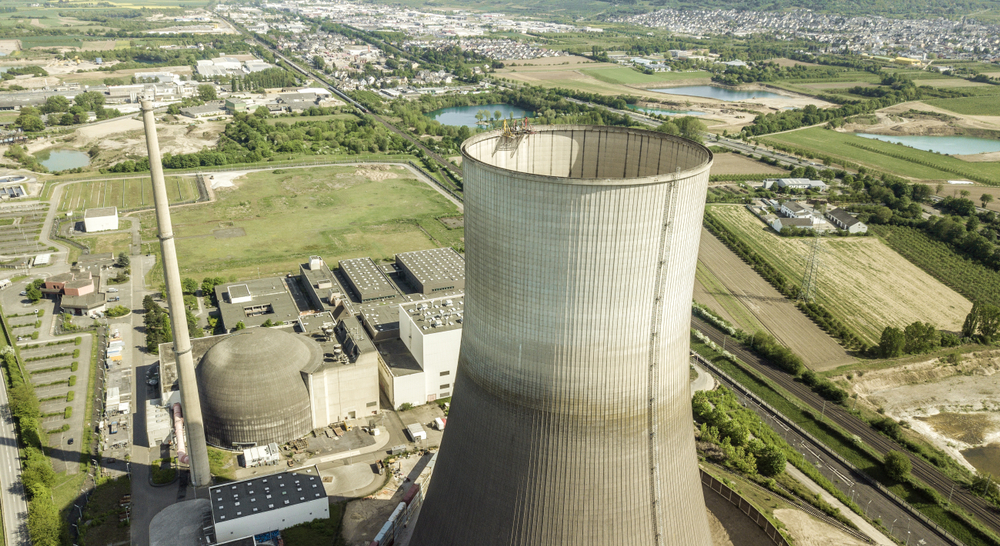Europe is entering an unprecedented era of nuclear decommissioning, as aging nuclear reactors, oil and gas facilities, and early renewable energy projects reach the end of their useful lives.
With more than 130 nuclear facilities scheduled for demolition and billions in contracts already in the pipeline, the region faces a decades-long challenge to reshape its industrial and energy landscape.
From the UK’s vast Sellafield facility to nuclear reactors in Germany and France, these projects highlight both the scale and complexity of safely decommissioning old infrastructure while meeting the demands of a rapidly evolving energy transition.
The region’s nuclear decommissioning pipeline is worth more than $120 billion, and a significant portion of the contracts have already been signed, according to a new report by the Energy Industry Council (EIC) and Decom Mission.
These projects highlight nuclear decommissioning as Europe’s largest end-of-life market, ahead of other energy sectors such as oil and gas, coal and renewables.
Oil and gas decommissioning expands across continental Europe
While nuclear assets dominate long-term plans, oil and gas decommissioning is expected to drive near-term workloads.
Across the continent, total spending on dismantling oil and gas infrastructure is estimated at $16.5 billion, with approximately $7 billion of contracts already completed.
Plug-and-abandon (P&A) operations (permanently sealing the well) account for approximately half of this expenditure, followed by subsea equipment and topside removal.
In the UK North Sea alone, decommissioning costs are predicted to be around $34 billion by 2032.
Much of this activity is closely linked to the availability of purpose-built vessels and rigs, highlighting the critical role of supply chain logistics in ensuring timely project execution.
Renewable energy enters decommissioning cycle
Decommissioning is no longer limited to fossil fuels and nuclear power. Early stage demolition of onshore and offshore wind farms is currently underway in Northern Europe, particularly in Germany, Denmark and the UK.
As first-generation wind farms approach the end of their operational lives, ports, heavy-lift vessels, and skilled crews face competing demands from both new and decommissioned projects.
This new overlap shows how the energy transition is beginning to intersect with traditional asset retirement, raising concerns about potential bottlenecks in equipment, workforce, and waste management capabilities.
Coal and refinery closures add complexity
Beyond nuclear, oil and wind power, Europe is also seeing a surge in coal and refinery decommissioning.
Plant closures are accelerating in southern and eastern Europe, including Austria, the Czech Republic, Denmark and Poland, and in the UK and western Europe, refinery demolition involves complex dismantling of interconnected units and handling of pollutants.
These technically demanding tasks will further diversify the continent’s decommissioning portfolio.
Strategic planning becomes essential
The report highlights the increasing complexity of coordinating nuclear decommissioning alongside other end-of-life projects across Europe.
Timing, supply chain capabilities, and access to specialized equipment and skilled personnel are becoming increasingly important factors in project planning.
With multiple sectors such as nuclear, oil and gas, renewables, and coal converging on decommissioning schedules at the same time, operators face logistical and technical challenges that can impact costs and schedules.
This multibillion-dollar wave of decommissioning reflects broader changes in Europe’s energy landscape, with aging infrastructure being dismantled while new low-carbon assets are installed.
Carefully managing nuclear decommissioning, like any other decommissioning, is therefore not only a matter of safety and compliance, but also a key element for maintaining the continuity and efficiency of the continent’s entire evolving energy system.
Source link

